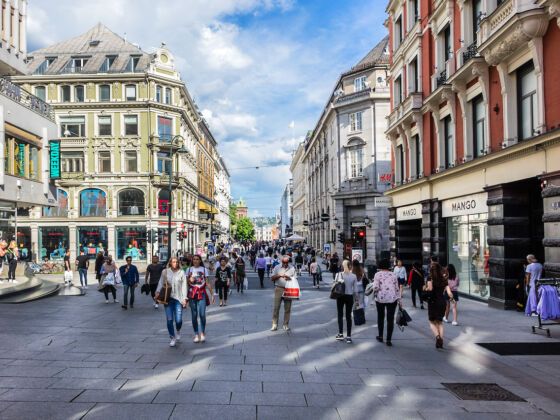“Oh, you’re going to Oslo? You know it’s expensive, right?”
I can’t tell you how many people told me that on learning I’d booked a week-long trip to the capital of Norway. Didn’t they realize I live in New York City, one of the most expensive cities in the world as it is?
It got so annoying that I made it my mission to do Oslo as cheaply as possible.
